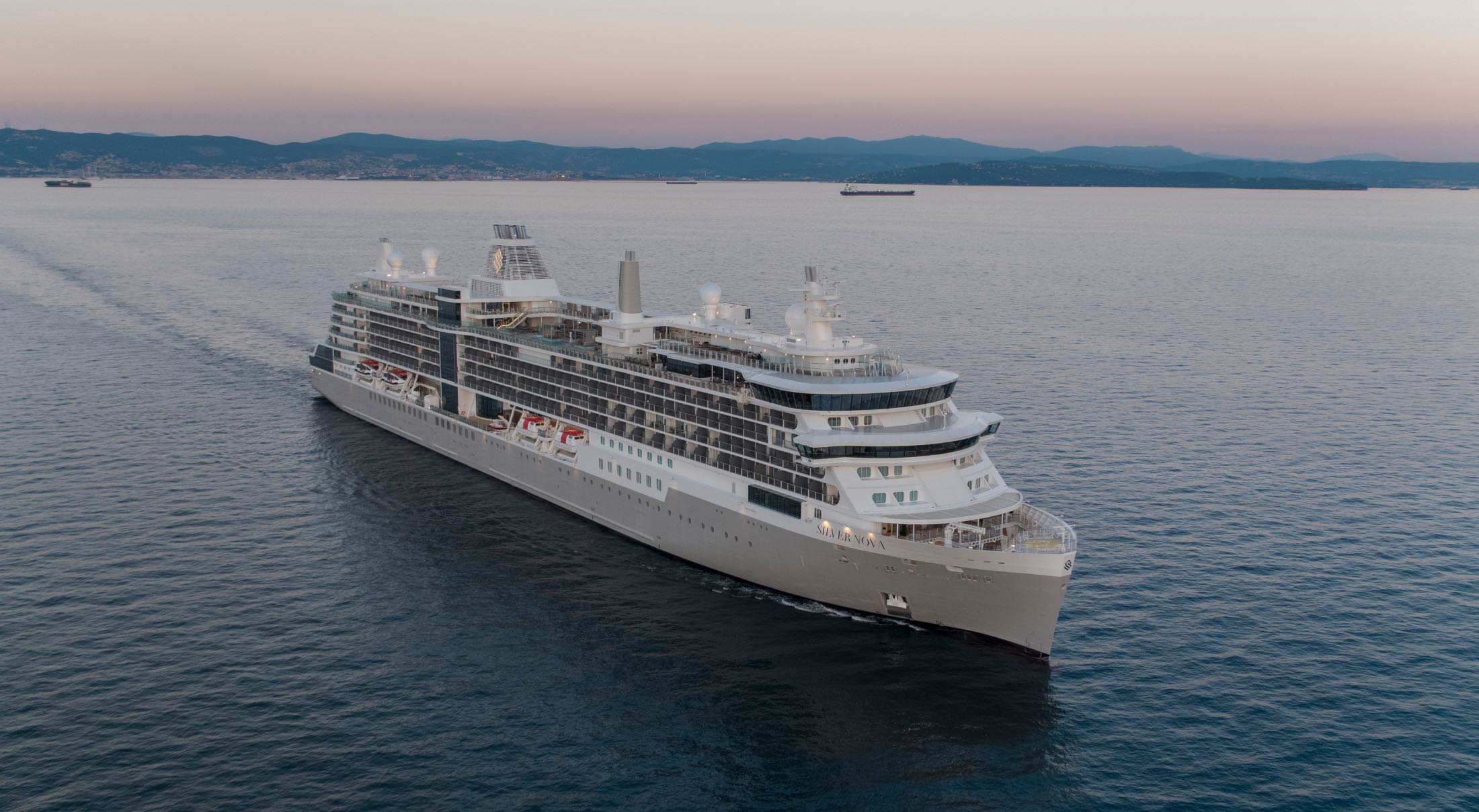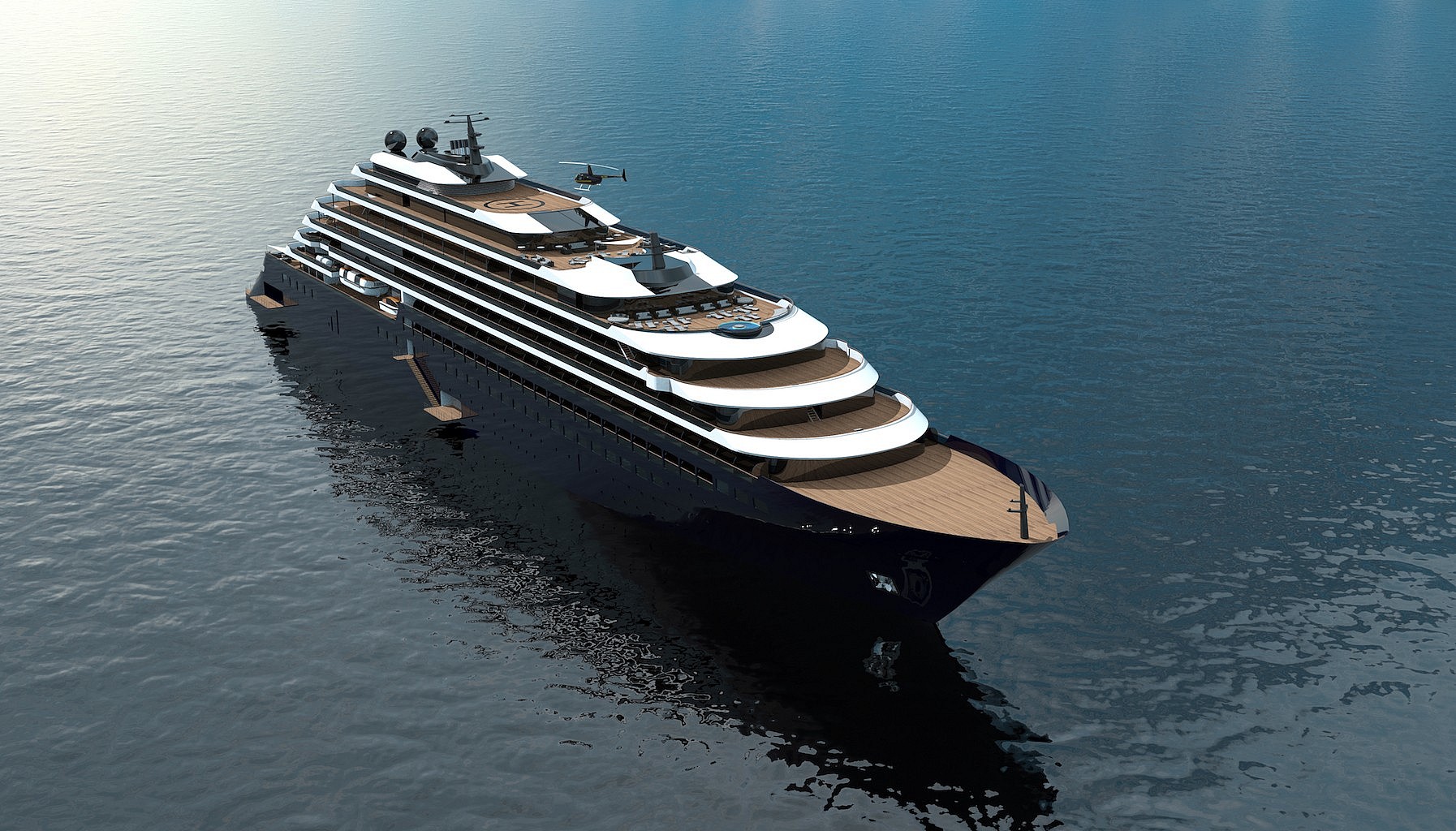It’s nice. But can you really get a five-star, private experience on the just-launched ‘Icon of the Seas,’ with 7,000 other passengers? The results were mixed
The eight-course tasting menu at the Empire Supper Club is the most exclusive offering on Royal Caribbean’s newest vessel, Icon of the Seas. As the world’s largest cruise ship, the boat can sleep over 7,000 guests. The Empire, styled like a hushed New York City jazz club with art deco influences, seems counterintuitive in this massive seaborne labyrinth, with features such as a Royal Promenade and five-story “Central Park” running through the centre, along with dozens of decks, climbing walls, mini-golf courses, water parks, and 40 places to eat and drink.
By contrast, the Empire accommodates just three dozen guests each evening, in a single two-and-a-half-hour seating, placing diners in the voyage’s top 0.5 percent. The dinner and show are a US$200-per-person upsell. Even for occupants of Royal’s new over-the-top Star Class suites—which can rent for up to US$100,000 a week—a reservation at the Empire is not among the panoply of carte-blanche “inclusions.” When we walked up to the front door, the maitre d’ already knew our faces and names.
“It’s not really a restaurant. It’s an experience,” says Jay Schneider, chief product innovation officer at Royal Caribbean, as he tours us around the ship during our three-night preview sail before its maiden voyage. “It’s something that people have to want to do.”
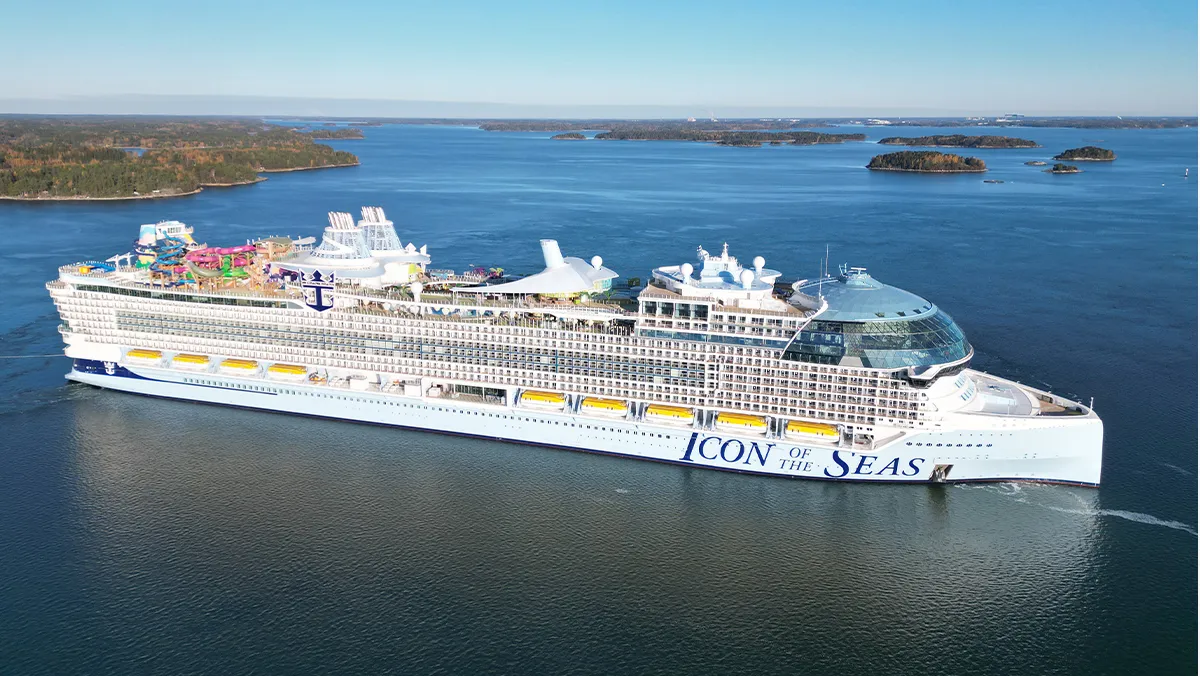
The supper club is one of many Royal “revolutions”—endeavours new to the brand that have been included onboard—that Schneider points out as we wander the ship’s 402 metre long decks. Backed by consumer research, these upgrades are intended to elevate the onboard experience. The hope is to draw in elite guests from smaller boutique cruises, superyacht charters, or other trendy private vacation options to spend six-figures for seven nights onboard, while thousands in other “neighbourhoods” have budget rooms that rent in the low four-figures.
Our room was a 137sqm Sunset View junior suite at the back of the ship, with neutral-toned fabrics, marble tiles, and birch-coloured Scandinavian Modern-esque furnishings, including a bentwood headboard that could have been inspired by Alvar Aalto. It paled, at least in size, to the much-larger Star Class suites, which includes a private wooden balcony with hot tub and double-height ocean-view living rooms with white baby-grand pianos. But ours was still very nice.
In a long career covering travel and transportation, I’ve stayed in all manner of high-end resorts. But I’ve never done a cruise before and wanted to see how it compares to other five-star experiences, especially on a vessel as vast and multifaceted as Icon. Could it really deliver the exclusivity and intimacy of a small private island or superyacht charter, with 7,000 other souls aboard?
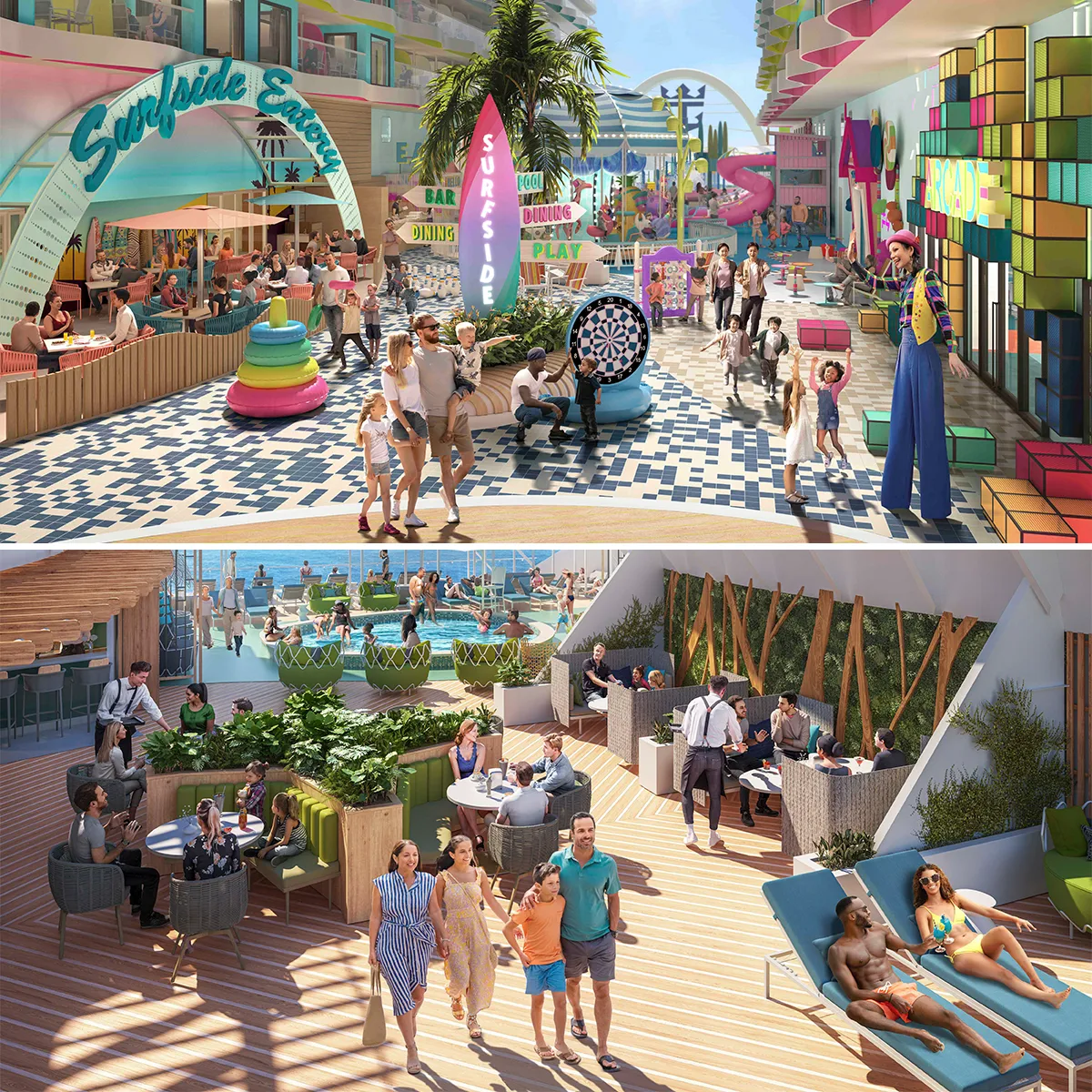
Certainly, Schneider’s team is aiming for that goal. His list of “small wows” include a walk-up Champagne bar in the lush Central Park, a doubling of the budget for custom artworks, a grab-and-go sushi window at the Izumi teppanyaki restaurant, and a sizeable increase in spa offerings and amenities.
Then there are the “big wows.” Foremost among these is the Suite neighbourhood on the ship’s uppermost decks. Here, in the Grove, a private bar, pool, café, sun deck, lounge, and two-story restaurant are available only to those in premium residences. “The intent was to go even further with this concept than we ever have before and really have a dedicated space for Suite guests,” Schneider says.
The aesthetic up here differs greatly from the ersatz “Island Time” driftwood and pastels of other neighbourhoods, such as the family-friendly Surfside and the waterpark-like Chill Island. In the Grove, teak-coloured, metal-ribbed decking, neutral boucle cushions, glazed forest-green mosaic tiles, and fabric-covered pergolas all come together to signal its heightened taste.
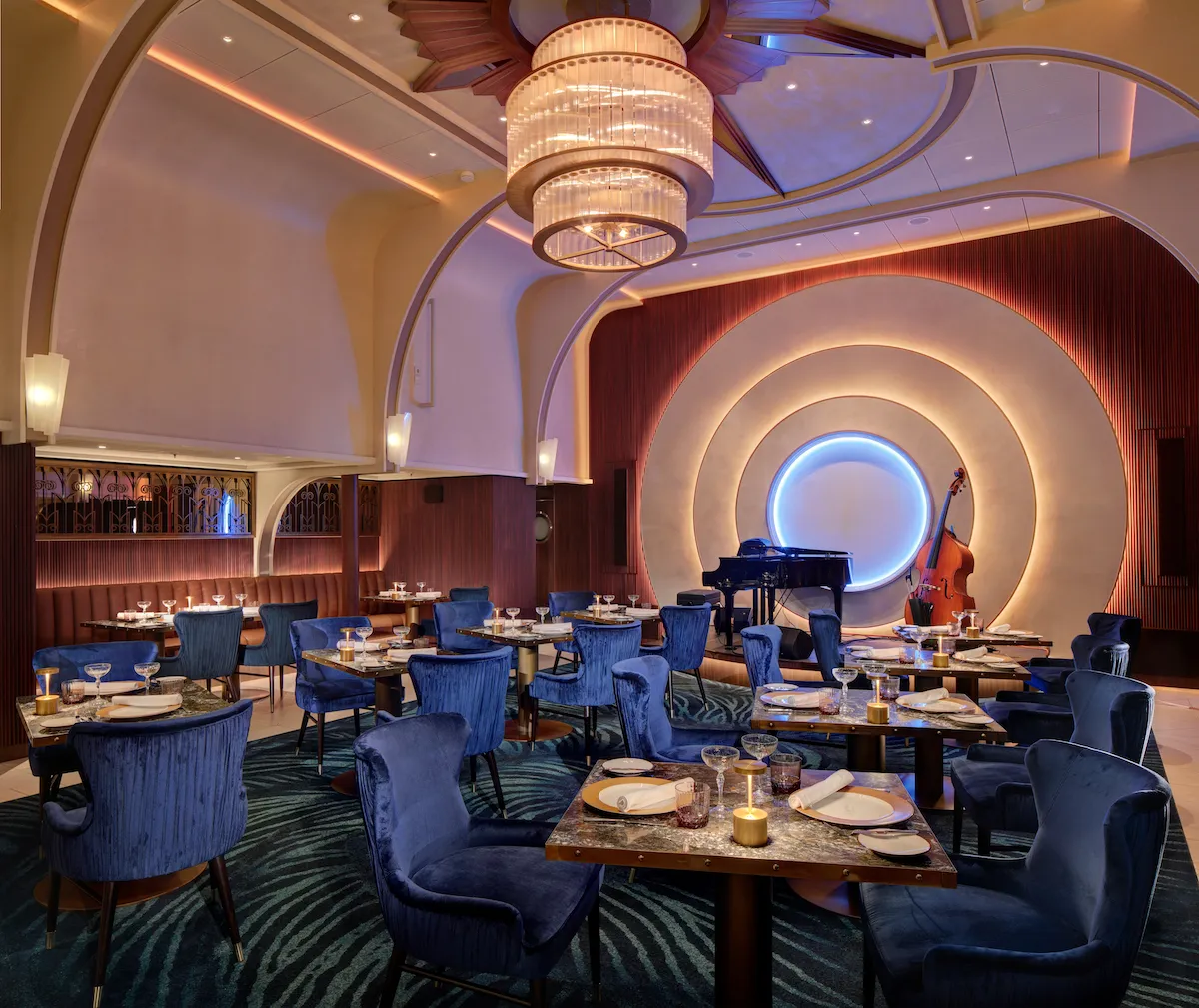
Dedicated staff and even personal concierge “Genies,” drawn from experienced workers on other Royal ships, cater to whims: making reservations at dinners and shows, arranging adventures in port, and dealing with valet tasks such as laundry and pressing. Even the drinks are more premium: The Grove had the only bar with a proper margarita, made with top-shelf tequila, Cointreau, and fresh lime juice, instead of neon frozen slush or Cuervo and sour mix.
This reveals a core challenge for Royal, a company that prides itself, as Schneider says, on being an accessible, “E-for-Everyone company.” Can it really be all things to all people? If so, how can it elevate the experience for a select class of guests while remaining true to its egalitarian mission?
This is further complicated by one of Royal’s fundamental design goals with the Icon class of ships, which is enhancing the readily navigable connections between areas. “One of the things that we’ve been focused on is making sure that the flow of this ship, more than ever, is open, inviting, and easy to access for everyone,” Schneider says. This means ensuring guests can walk between decks and neighbourhoods and major attractions without running into dead ends or having to double-back to the central elevators.
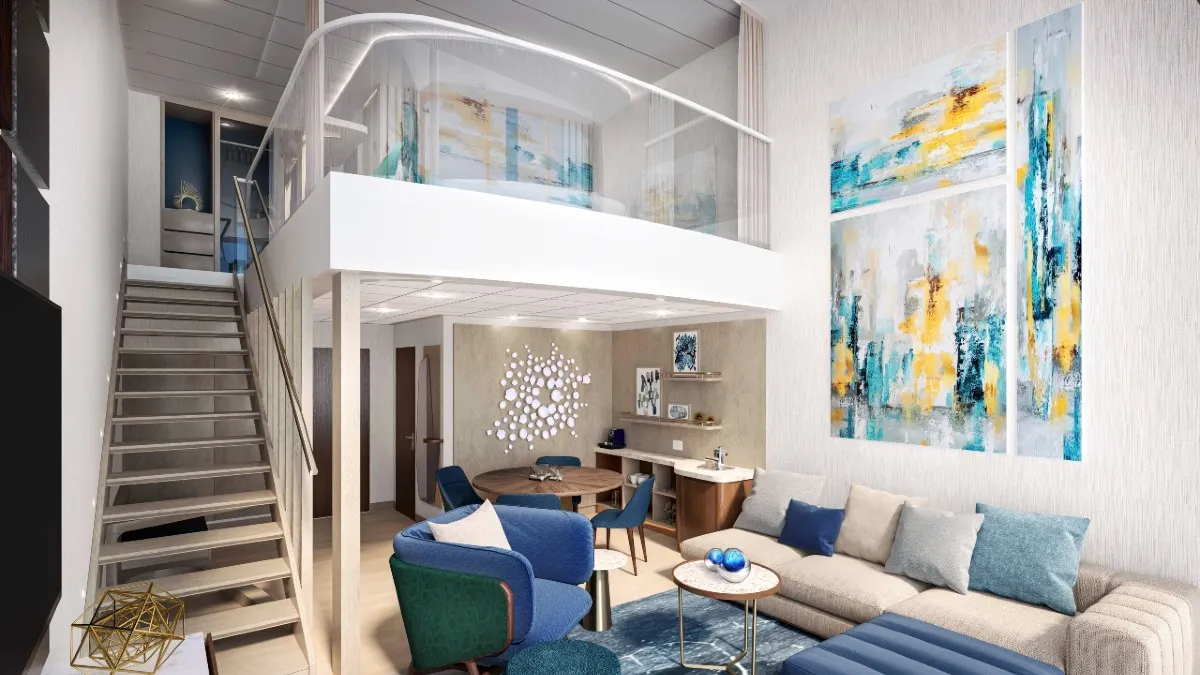
The Suite neighbourhood, comprising just seven per cent of the rooms aboard Icon, is separated. It sits among the ship’s highest levels. Smoked sliding-glass doors prevent access to its amenities unless your key card registers you as a resident. (We were also given access to the Suites and provided a Genie during our stay.) And the area overlooks, but doesn’t connect directly to, other popular locales, dramatically reducing foot traffic. “We’ve gone to great lengths to essentially remove this area from the flow of the ship,” Schneider says. “So much so that the average guest wouldn’t know it’s even here.”
Occupancy on our preview sailing was around 70 per cent of capacity, or nearly 5,000 guests. Despite all the people, the Grove felt separate and tranquil, with only a smattering of guests, uninterrupted views of the ocean, wait-less and higher-quality food, less boisterous background music, and pleasant glimpses down into the ship’s hubbub.
This allowed us to feel connected to Icon’s atmosphere of compulsory merriment, without the chaos endemic to its most populous regions—such as the Day of the Locust-esque trampling of thousands of dropped balloons we witnessed the first night on the main Royal Promenade. Royal Caribbean’s images show small crowds, but many public spaces can get very busy.
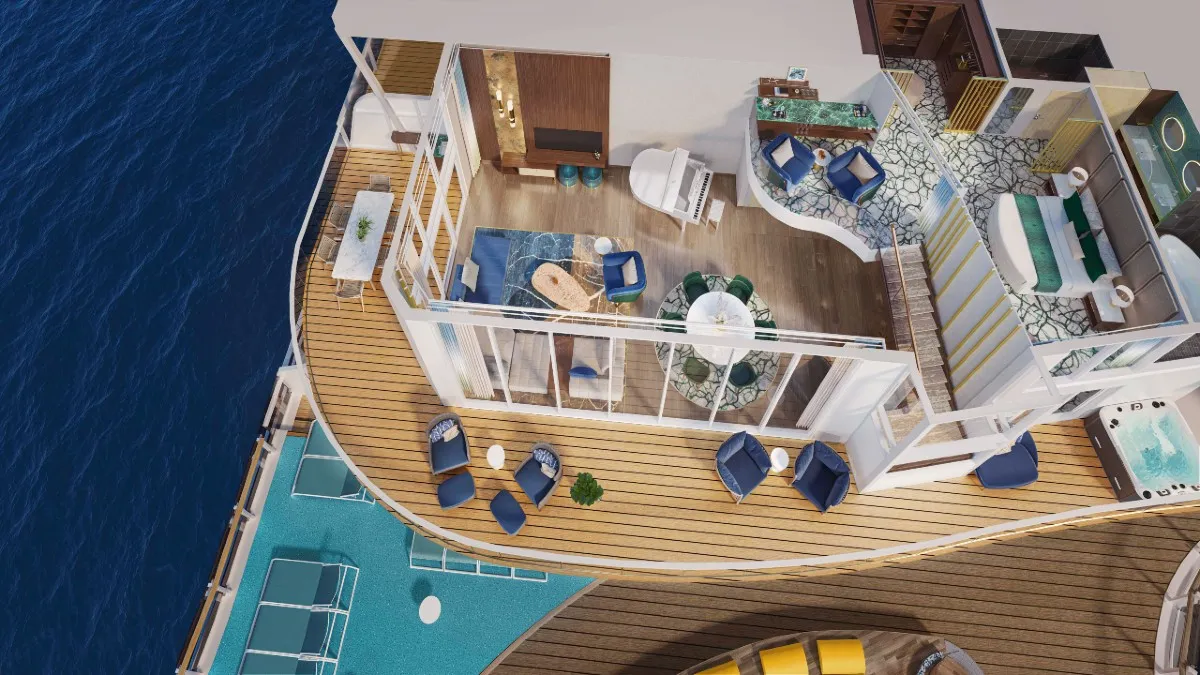
When we docked for an excursion on the company’s synthetic island fun park, Coco Cay, a similar exclusive vibe persisted at its Coco Beach Club, another new, Suite-level “inclusion” (or US$250 per person upsell.) It featured its own private pool, beach, restaurant, and over-water cabanas, all done up in a refined, Fiji-lite style. It wasn’t Caneel Bay in its heyday, but it certainly outclassed the nearby Hideaway Beach, with its throbbing dance music, DJ, swim-up bars, and brightly coloured chaises.
Back at the Empire Supper Club, a chanteuse in a gold-sequinned dress sang a series of New York-themed songs. The Moët flowed. The caviar, langoustines, fillet, and branzino were served. The fresh nutmeg was grated atop the final craft cocktail pairing, a take on an espresso martini. Service from the grey tuxedoed waiters was attentive but not obsequious; the platings were creative and replete with “small wows;” and many of the dishes tasted fresh and carefully created. The ambiance felt genuine. Overall, the experience felt personalised and unhurried, perhaps the greatest luxury of all.
By the end of the cruise, I still wondered: Are these white-glove details enough to draw in high-end consumers?
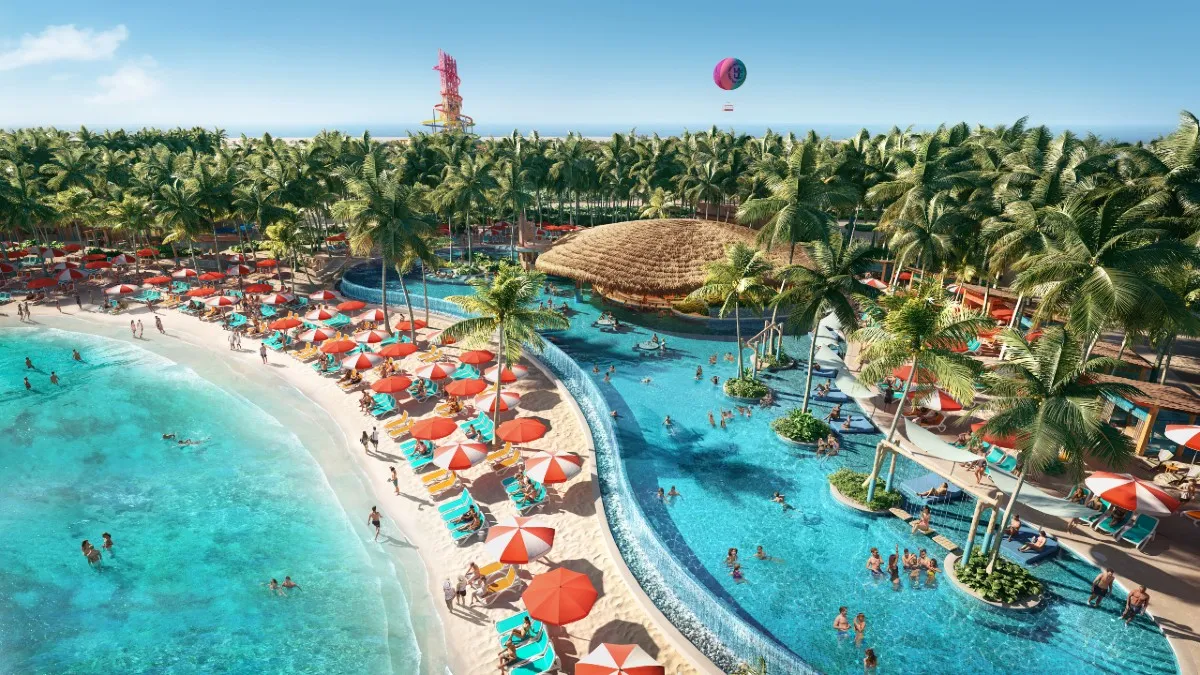
“Large cruise ships have always provided separate classes, but exclusive enclaves are more recent. And for those who like large vessels, and all the variety and space they deliver, it’s a great product,” says Milton Pedraza, founder and CEO of the Luxury Institute, a research and consulting practice.
Pedraza adds that, when it comes to cruises, most high-net-worth and ultrahigh-net-worth individuals would prefer a smaller, more yacht-like product such as what Four Seasons and Ritz-Carlton provide. “But the two concepts can co-exist amicably because the wealthy are willing to experiment in both directions,” he says.
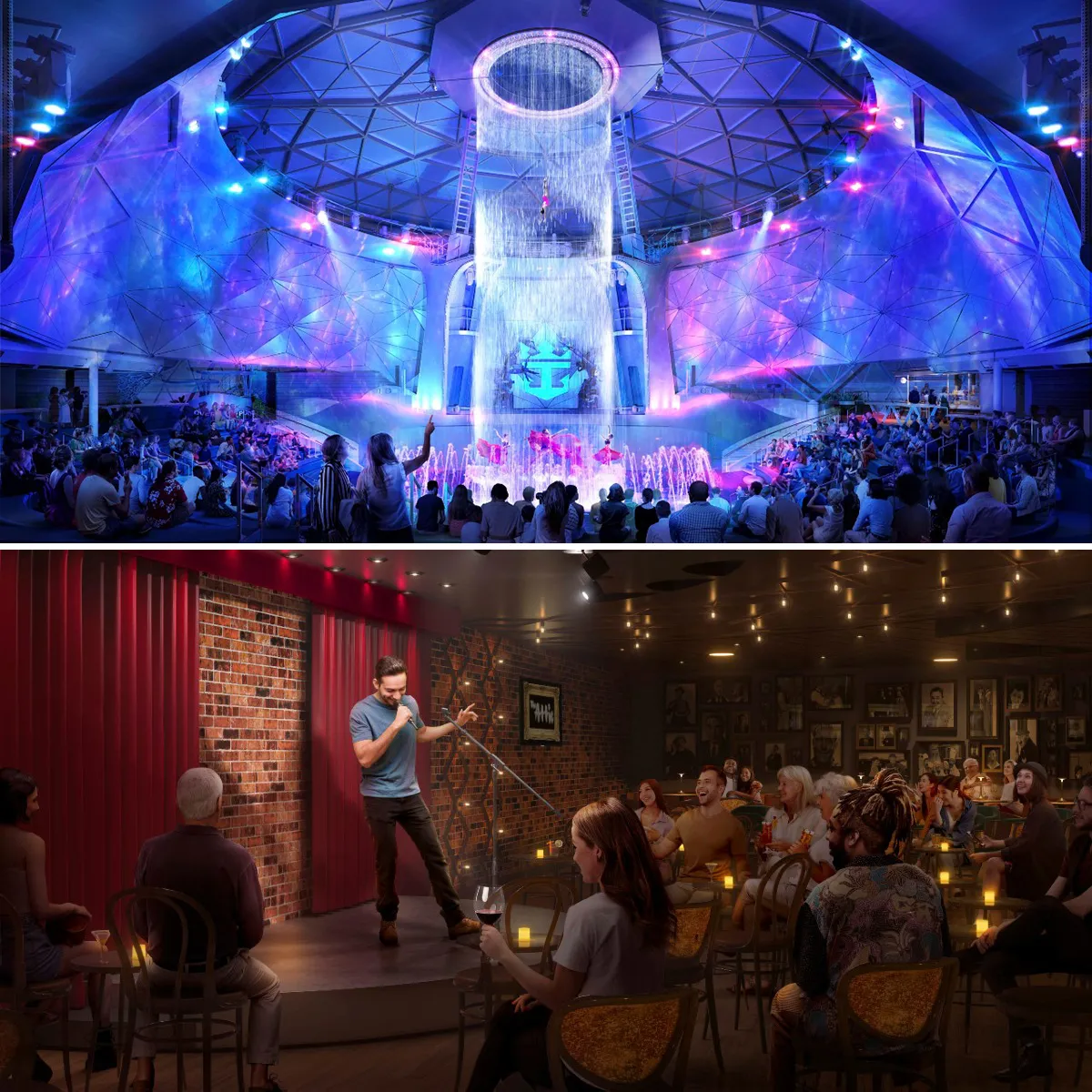
My final opinion? Mixed. The overall experience is not exactly five-star—maybe more like four-and-change—and I’m not sure I’d attend another cruise. To be honest, we dislike crowds and prefer our travel and destinations to be more authentic. The artificial environments felt a bit like Disney World at sea. The Grove experience was certainly far more refined than I’d expected, and the efforts at upscaling and personalisation were notable, and noticeable, throughout. But we couldn’t shake the fact that we were on a cruise ship with 5,000 other guests.
But, as Pedraza notes, there is an elite traveller who enjoys such opportunities. For its target ultrahigh-net-worth consumers, Royal’s strategies appear to be working. According to Schneider, sales on Icon are strong across the board, but the Suites have shown particular appeal. “I wouldn’t say [they’ve sold] more, because everything’s booked up,” he says. “I would say [they] sold first.”
This story was first published on Robb Report USA

